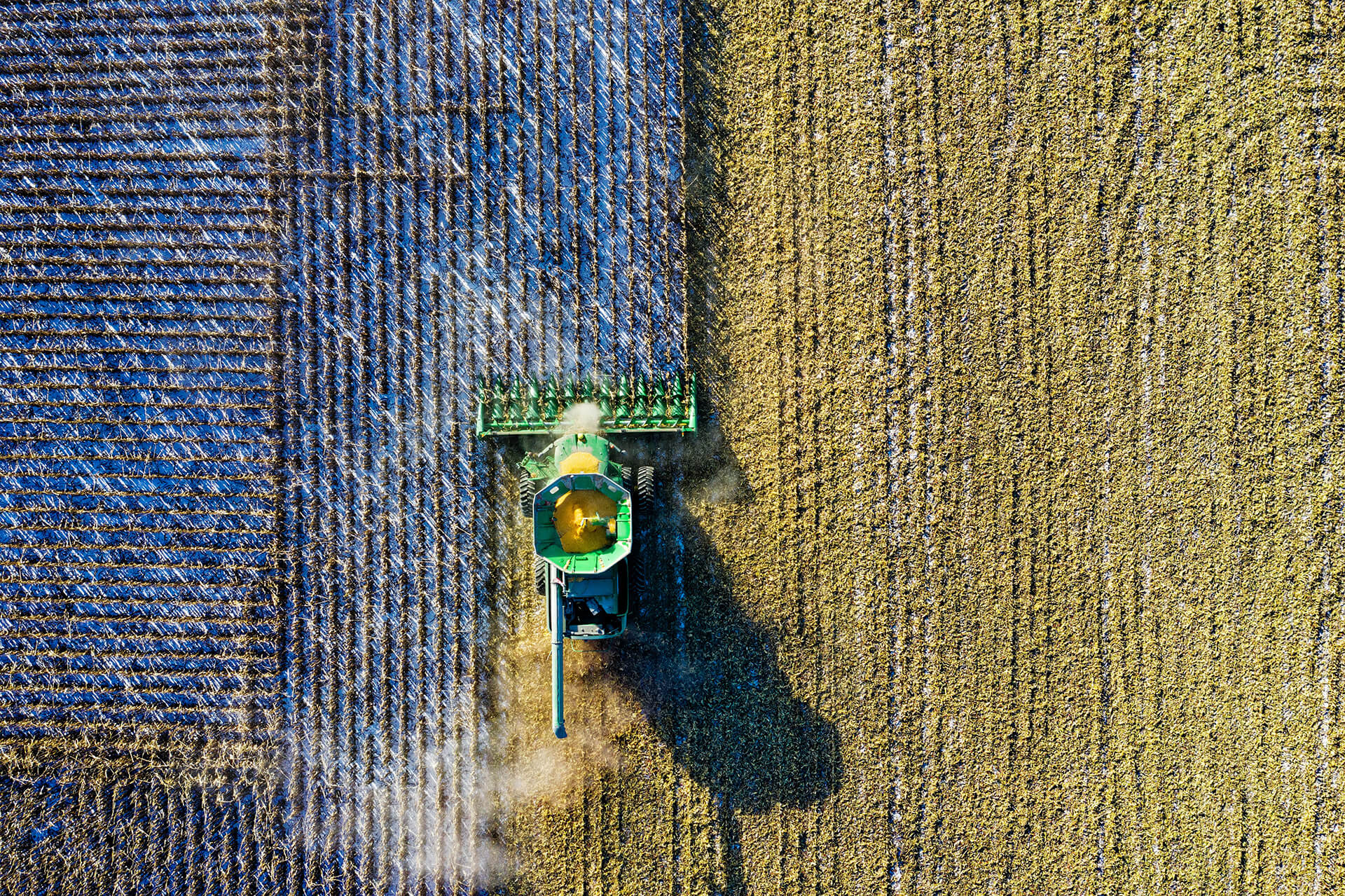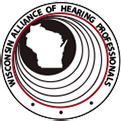More and more studies show that farmers are at a higher risk for developing hearing impairments than the rest of the population.
Approximately 6 million Americans who have some form of hearing impairment live in rural areas, and of the 2% of Americans who are part of a ranch or farm family (roughly 440,000) have some form of hearing impairment.
Table of Contents
Hearing Impairment among Agricultural Workers
Almost 70 percent of teenagers who live or work on a farm show signs of early noise-induced hearing loss. Some of the main reasons for hearing damage start with the prolonged exposure to noise can lead to a gradual loss of hearing. Major sources of noise on the farm may include machinery, small engines, and power tools.
Large machinery such as tractors and combines emit noise levels of 80 to 150 dB. Two-cycle engines such as lawnmowers and chain saws can damage hearing with repeated exposure.
Heaters, generators, and radios inside the cabs of tractors and combines can also emit high noise levels that may damage hearing.
The term hearing impairment refers to all degrees of hearing loss and includes the broad terms hard of hearing and deafness.
Read More: About Hearing Loss >
Hard of hearing refers to the loss of sensitivity to sound, either in the ear itself or in the ear nerve. Deafness refers to a total of nearly total hearing loss, regardless of the cause.
A person’s degree of hearing loss is a quantitative measure (decibels, dB) of the lowest volume of sound that can still be heard and the degrees are:
- Slight (25-40 dB): Difficulty hearing soft or distant speech
- Mild (40-55 dB): Difficulty understanding conversational speech
- Moderate (55-70 dB): Difficulty hearing normal levels of speech
- Severe (70-90 dB): Cannot understand speech on the telephone but can hear shouted speech
- Profound (greater than 90 dB): Difficulty hearing shouted speech
Why Should Farmers and Agricultural Workers be Concerned About Hearing Loss?
- Hearing loss from noise is permanent and irreversible
- Hearing loss causes loss of life quality for farmers and farm families
- For most farmers, hearing loss occurs gradually over many years and may only be noticed once it is a serious problem
- Hearing loss from noise can be prevented
How can Agricultural Workers protect their hearing?
Farmers and farm personnel should take preventive steps before any of these symptoms of hearing loss appear.
The first step in preventing noise-induced hearing loss is to identify the sources of noise in the shop and around the farm.
Once sources are identified, reduce exposure to high levels of noise in one of the following ways:
- Reduce Sound Levels – When selecting new equipment pick the quietest option.
- Perform routine equipment maintenance – Lubricating bearings, and replacing worn parts will reduce noise levels and improve farming operations.
- Isolate yourself from noise – Working in motorized equipment equipped with cabs or enclosures.
- Use protective equipment – Use hearing protection when working in noisy settings. The earmuffs offer the best protection and are easy to use.
- Mark “HIGH NOISE ZONES” – anywhere there is a risk of excessive noise exposure.
- Chose the hearing protection with the highest NRR (Noise Reduction Rating) value.
- Limit daily exposure duration.

Source: Pexels
Accommodating strategies for the farm work
Where farmers are unique, however, is in their work environment. Farmers need more than assistive listening devices to accommodate their loss of hearing. They also need to develop accommodating work strategies for the farm.
Read More: Dealing with ear ringing or Tinnitus at work >
When working with others on or around farm equipment, a farmer with a hearing impairment should use a clearly defined set of hand signals for safe, efficient, precise communication.
The American Society of Agricultural Engineers developed a set of agricultural hand signals to be used around loud farm equipment. These signals should be suitable for most farmers with hearing impairments to use.
Wherever audible alarms are used on the farm, visual alarms should be installed as well to warn an operator who may not hear the alarm sound.
A farmer with a hearing loss must remember to always look before crossing any road or vehicle path on the farm.
A noisy bearing, loose chain, or other sounds that indicate needed machine maintenance or imminent machine failure may go unnoticed by a farmer with a hearing impairment, thus creating a safety hazard.
Read More: Can hearing loss cause other health problems? >
Training family members or a neighbor to conduct frequent maintenance checks is one way to increase safety.
How do building materials affect the environment?
Farmers who wear hearing aids may find communication difficult inside farm buildings that have sheet-metal roofs and siding, such as pole barns.
Metal surfaces tend to reflect background noises that are then amplified by the hearing aid, making the noise more likely to cover up any intended message. Adding sound-absorbing materials to the inside surfaces of metal buildings may reduce the amount of background noise.
Fibrous and porous materials such as mineral fibers, glass fibers, etc. have good sound-absorbing qualities.
Do I need hearing protection today?
- Will I be exposed to a noise level greater than 85 dB(A) today?
- Will I be exposed to that noise level for more than eight hours?
- Will I be exposed to a noise level greater than 100 dB(A) for more than two hours today?
If you answered yes to any one of these questions select one of these hearing protection devices to conserve your hearing.
Read More: How to prevent Hearing Loss? >
- Ear Plugs
- Ear Muffs
- Ear Muffs with Helmet and Accessories
Hearing Loss Workers Compensation
Hearing Loss Workers Compensation is available to compensate employees whose hearing has been impaired as a result of noisy work employment. Workplace noise need not “cause” hearing loss. It only needs to contribute to the loss.
Exposure to “noisy employment” for just 90 days may result in a compensable loss. Always feel free to ask Johnson Law Offices about the process, the law, or an individual case.
The legal, medical, and audio-metric questions that come into play in a hearing loss workers’ compensation claim can be complicated.
The claims require attention to detail mixed with an ability to work well with hearing-impaired retirees and their families, especially spouses, and their hearing health care professionals.
Sources
Contact Us
If you, or anyone you know, worked in noise and suffers from hearing loss, please do not hesitate to contact us.
Contact Us


